Maximizing engagement on Facebook requires a mix of compelling and diverse content. Here are 25 highly effective Facebook post ideas to help boost your engagement:
1. Ask Questions:
Encourage audience interaction by asking thought-provoking or fun questions. Invite followers to share their opinions or experiences.
2. Polls and Surveys:
Create polls to gather feedback or opinions on specific topics related to your industry, products, or services.
3. Behind-the-Scenes Content:
Share glimpses into your company culture, daily operations, or the making of your products. Humanize your brand by introducing the people behind it.
4. User-Generated Content (UGC):
Showcase content created by your followers. This could include customer testimonials, photos of them using your products, or participating in your events.
5. Tutorials and How-Tos:
Create educational content that provides value to your audience. This could be in the form of tutorials, guides, or step-by-step instructions.
6. Quotes and Inspirational Messages:
Share motivational quotes or messages that align with your brand values. Visual content with inspiring text overlays can be particularly engaging.
7. Caption Contests:
Post a funny or interesting image and ask your followers to come up with creative captions. This encourages creativity and engagement.
8. Flashback Posts:
Share memorable moments from your company's history. This could include milestones, events, or significant achievements.
9. Themed Content for Holidays and Events:
Create posts that align with holidays, seasons, or relevant events. Use themed graphics, and incorporate your products or services where possible.
10. Interactive Games:
Share puzzles, quizzes, or trivia related to your industry or niche. Encourage followers to participate and share their results.
11. Live Videos:
Host live Q&A sessions, product launches, or behind-the-scenes looks. Live videos often receive higher engagement due to real-time interaction.
12. Contests and Giveaways:
Run contests or giveaways with clear entry instructions. Encourage participants to like, share, and comment for a chance to win.
13. Customer Spotlights:
Showcase your customers by featuring their success stories or testimonials. This not only engages your audience but also builds trust in your brand.
14. Challenges:
Create and promote challenges that encourage followers to participate. For example, fitness challenges, cooking challenges, or creative challenges.
15. Infographics:
Present information or tips in a visually appealing and easy-to-digest infographic format. This can be an effective way to convey complex information.
16. Memes and Humor:
Share lighthearted and relevant memes or humor. Be mindful of your brand's tone and values.
17. Interactive Stories:
Use Facebook's story feature to share interactive content, such as polls, quizzes, and questions.
18. Event Announcements and Invitations:
Promote upcoming events, webinars, or product launches. Create excitement and encourage followers to save the date.
19. Fan of the Week:
Highlight a fan or follower of the week and share their story or achievements. This encourages community engagement.
20. Social Causes and Awareness:
Share content related to social causes or awareness campaigns. Align your brand with meaningful initiatives to connect with socially conscious followers. Monitor the performance of your posts using Facebook Insights and adjust your strategy based on what resonates most with your audience. Tailor these ideas to your brand personality and industry for the best results.
Broader Marketing Strategy For Facebook
Facebook remains one of the largest and most influential social media platforms globally. Incorporating Facebook marketing into a broader marketing strategy can be important for several reasons:
1. Massive User Base:
Facebook has billions of active users worldwide. This extensive reach provides businesses with the opportunity to connect with a diverse audience, allowing for effective targeting based on demographics, interests, and behavior.
2. Targeted Advertising:
Facebook's advertising platform allows businesses to create highly targeted ads, reaching specific demographics, interests, and behaviors. This targeting capability helps businesses tailor their messages to specific audience segments, increasing the chances of engagement and conversion.
3. Diverse Ad Formats:
Facebook offers a variety of ad formats, including image ads, video ads, carousel ads, and more. This versatility enables businesses to experiment with different content types and find the most effective ways to engage their audience.
4. Analytics and Insights:
Facebook provides robust analytics tools that allow businesses to track the performance of their ads and campaigns. Marketers can gather valuable insights into user engagement, click-through rates, and conversion metrics, helping them make data-driven decisions to optimize their strategies.
5. Brand Awareness and Engagement:
Facebook is an excellent platform for building and enhancing brand awareness. Regular posts, updates, and engagement with the audience contribute to a brand's visibility and help establish a connection with potential customers.
6. Community Building:
Facebook enables businesses to create communities around their brand. Pages and groups provide spaces for customers to interact with the brand and with each other. This community-building aspect can foster brand loyalty and advocacy.
7. Cost-Effective Advertising:
Compared to traditional advertising channels, Facebook advertising can be relatively cost-effective. Businesses can set budgets based on their financial constraints and adjust them as needed.
8. Mobile Optimization:
With the increasing use of mobile devices, Facebook has adapted its platform to be mobile-friendly. This is crucial, as many users access social media on their smartphones. Mobile optimization ensures that marketing messages are delivered effectively to users on various devices.
9. Integration with Other Marketing Channels:
Facebook marketing can complement other marketing channels. Integration with email marketing, content marketing, and other strategies creates a cohesive and comprehensive approach to reaching and engaging audiences.
10. Constantly Evolving Platform:
Facebook regularly introduces new features and updates to its platform. Staying informed about these changes allows marketers to adapt their strategies and take advantage of new opportunities.
The effectiveness of Facebook marketing can vary based on the nature of the business, target audience, and industry trends. As the digital landscape evolves, businesses should continuously assess the relevance and impact of Facebook marketing within their overall marketing strategy.
How Does Facebook Algorithm Work?
Facebook's algorithm, which determines the content shown in users' News Feeds, is complex and continually evolving. The exact details of the algorithm are proprietary, and Facebook does not disclose all its intricacies. However, certain key factors influence how content is prioritized and displayed to users. Here are some of the main elements that contribute to the Facebook algorithm:
1. Interest and Engagement:
The algorithm assesses a user's past behavior to understand their interests. Content that a user has engaged with in the past—such as likes, comments, and shares—will be given higher priority in their News Feed. This is based on the assumption that users are more likely to engage with content that aligns with their interests.2. Relevance Score:
Facebook assigns a relevance score to each ad based on its expected performance. The score is influenced by factors like the audience targeting, ad format, and engagement history. Higher relevance scores can result in better ad placements and lower costs.3. Post Type:
Different types of posts (text, images, videos, links) are treated differently by the algorithm. For example, Facebook has given more prominence to video content in recent years, and live videos tend to get higher visibility.4. Timeliness:
Recent content is generally given priority in the News Feed. The algorithm takes into account the time of posting, ensuring that users see fresh and current content.5. Content Source and Type:
The algorithm considers the source of the content, prioritizing posts from friends, family, and groups over content from business pages. Additionally, Facebook aims to provide a diverse range of content types to keep users engaged.6. Shuffling Content:
Facebook's algorithm strives to provide a varied and interesting News Feed. It avoids showing users too much content from the same source in quick succession, promoting diversity in the content users see.7. Connection Strength:
The strength of the relationship between the user and the content creator matters. Content from close friends or family is often given higher priority than content from acquaintances.8. Ad Preferences:
Users can influence the ads they see through their ad preferences. Facebook considers users' feedback on ads, such as hiding specific ads or providing feedback on why an ad is not relevant, to refine the content shown.9. Clickbait and Engagement Bait Detection:
Facebook's algorithm aims to identify and reduce the visibility of clickbait and engagement bait—content designed to manipulate user engagement. This helps maintain a higher quality of content in users' News Feeds.10. User Reports:
If users report or hide certain types of content, the algorithm takes this feedback into account to adjust what appears in their News Feeds. Facebook regularly updates its algorithm, and the factors influencing content visibility may change over time. Businesses and content creators need to stay informed about these changes to optimize their strategies for visibility on the platform.Top 14 Facebook Metrics That Determines Ranking of a Post
Measuring the performance of your Facebook marketing efforts is crucial for understanding the effectiveness of your strategy and making informed decisions. Here are some important Facebook metrics to track:
1. Reach:
Definition: The number of unique users who have seen your content. Importance: Indicates the potential audience exposed to your content. High reach is essential for increasing brand awareness.2. Engagement:
Definition: The total number of likes, comments, shares, and clicks on your content. Importance: Measures the level of interaction with your content. High engagement is a sign of a compelling and relevant message.3. Impressions:
Definition: The total number of times your content is displayed, including multiple views by the same user. Importance: Provides insight into how frequently your content is being seen. A high number of impressions may indicate effective targeting.4. Click-Through Rate (CTR):
Definition: The percentage of people who clicked on your ad after seeing it. Importance: Indicates the effectiveness of your ad in generating interest and driving traffic. A higher CTR often correlates with more relevant and engaging content.5. Conversion Rate:
Definition: The percentage of people who completed the desired action (e.g., making a purchase, signing up) after clicking on your ad. Importance: Measures the success of your campaign in terms of achieving specific goals. A higher conversion rate indicates a more effective campaign.6. Page Likes:
Definition: The number of new likes your Facebook Page receives. Importance: Reflects the growth of your audience and potential reach. Page likes contribute to a larger, engaged community.7. Post Clicks:
Definition: The number of clicks on your content, excluding likes and shares. Importance: Provides insight into user interest beyond surface-level engagement. Helps understand the content's appeal and whether it drives further actions.8. Video Views:
Definition: The number of times your video content has been viewed. Importance: Video views indicate the popularity of your video content. Monitoring the average watch time can provide additional insights into content quality.9. Average Engagement Time:
Definition: The average time users spend engaging with your content. Importance: Measures the level of interest and relevance of your content. Longer engagement times suggest that your content is holding users' attention.10. Cost per Click (CPC) and Cost per Conversion:
Definition: The average cost for each click or conversion generated by your ads. Importance: Helps evaluate the efficiency of your advertising budget. Lower CPC and cost per conversion indicate better cost-effectiveness.11. Ad Relevance Score:
Definition: A rating from 1 to 10 indicating how relevant your ad is to your target audience. Importance: A high relevance score suggests that your ad is resonating with your audience, potentially resulting in lower costs and better performance.12. Return on Ad Spend (ROAS):
Definition: The revenue generated for every dollar spent on advertising. Importance: Measures the profitability of your advertising efforts. A positive ROAS indicates a profitable campaign.13. Fan Demographics:
Definition: Insights into the demographics (age, gender, location) of your Facebook Page followers. Importance: Helps you understand your audience and tailor content to better meet their preferences and needs.14. Frequency:
Definition: The average number of times your ad is shown to a user. Importance: Monitors ad fatigue. Too much repetition can lead to a decline in engagement and effectiveness. Regularly analyzing these Facebook metrics and adjusting your strategy accordingly can help optimize your social media marketing efforts and achieve your business objectives. Importance of specific metrics may vary depending on your goals and the nature of your business.Bookmark the post - By clicking on the ⭐ icon above the website
👉 Join our Group - Facebook Group




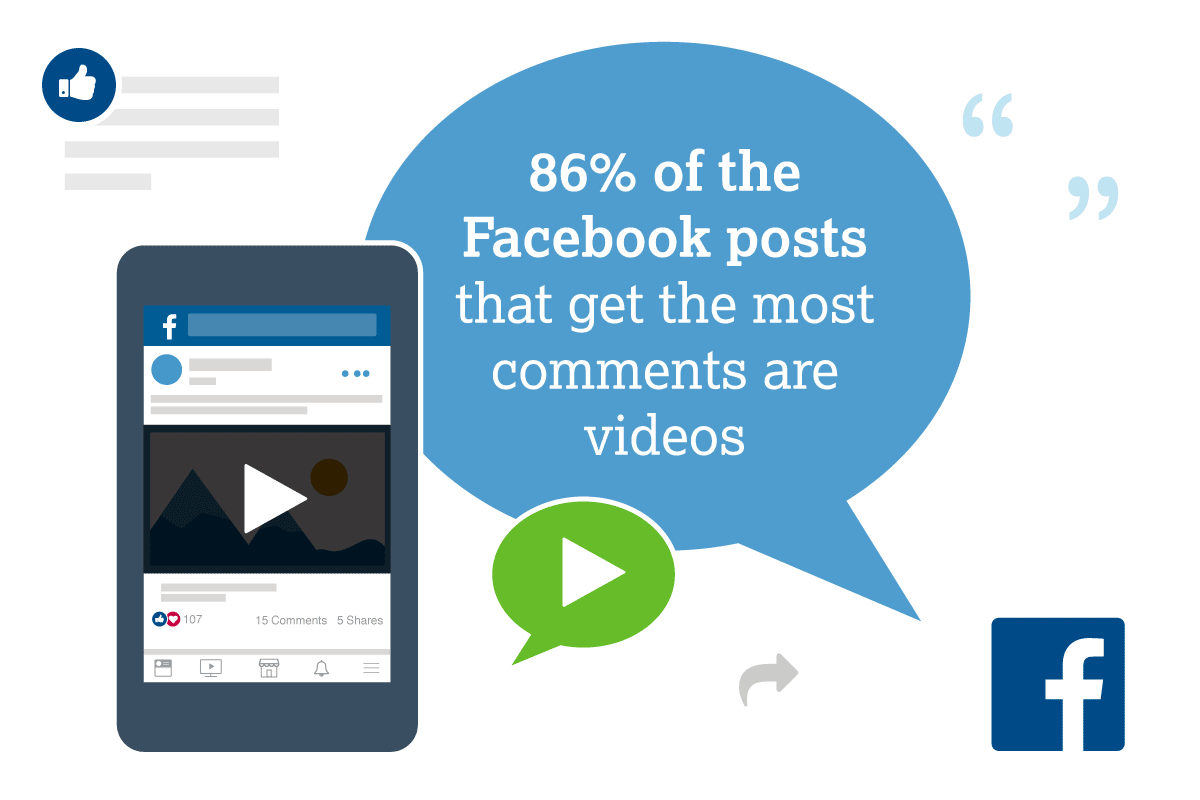
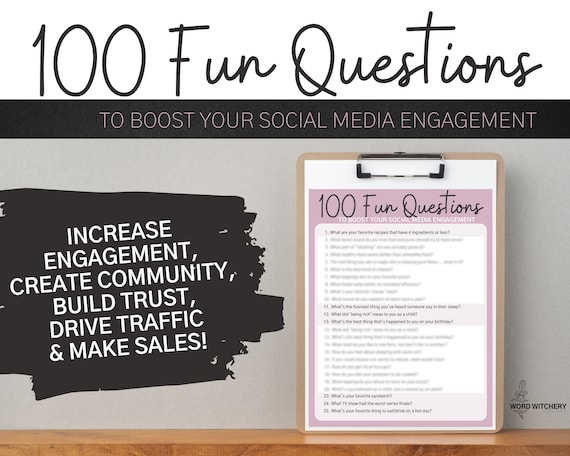
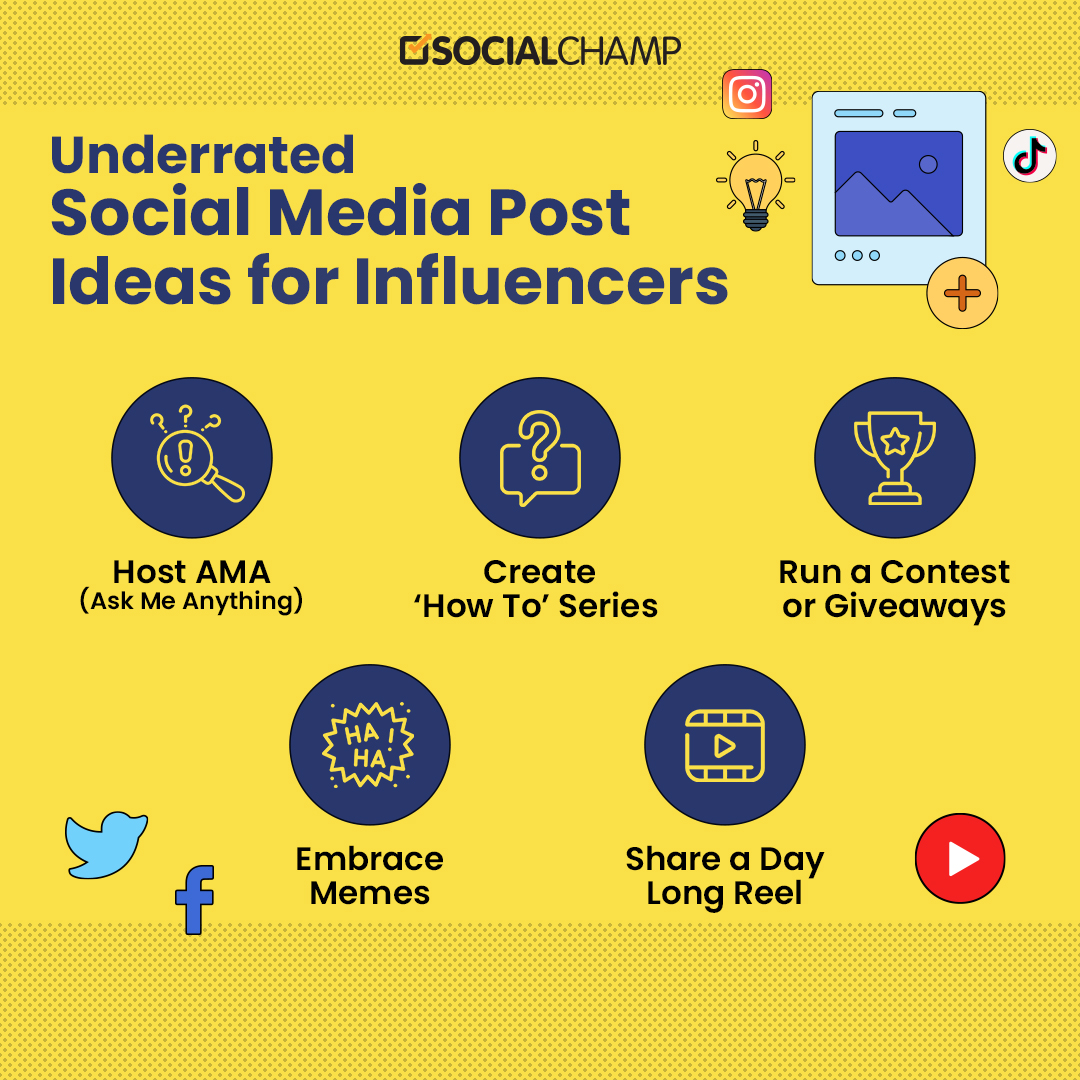
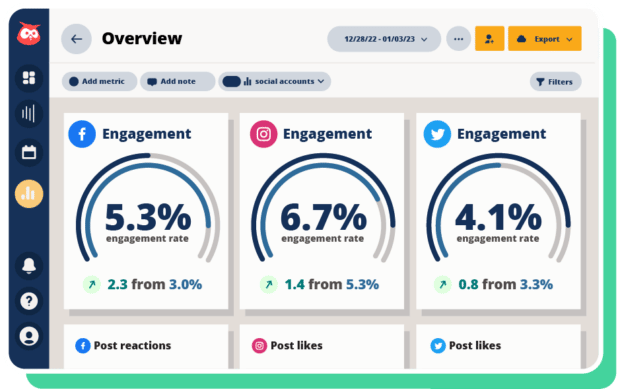

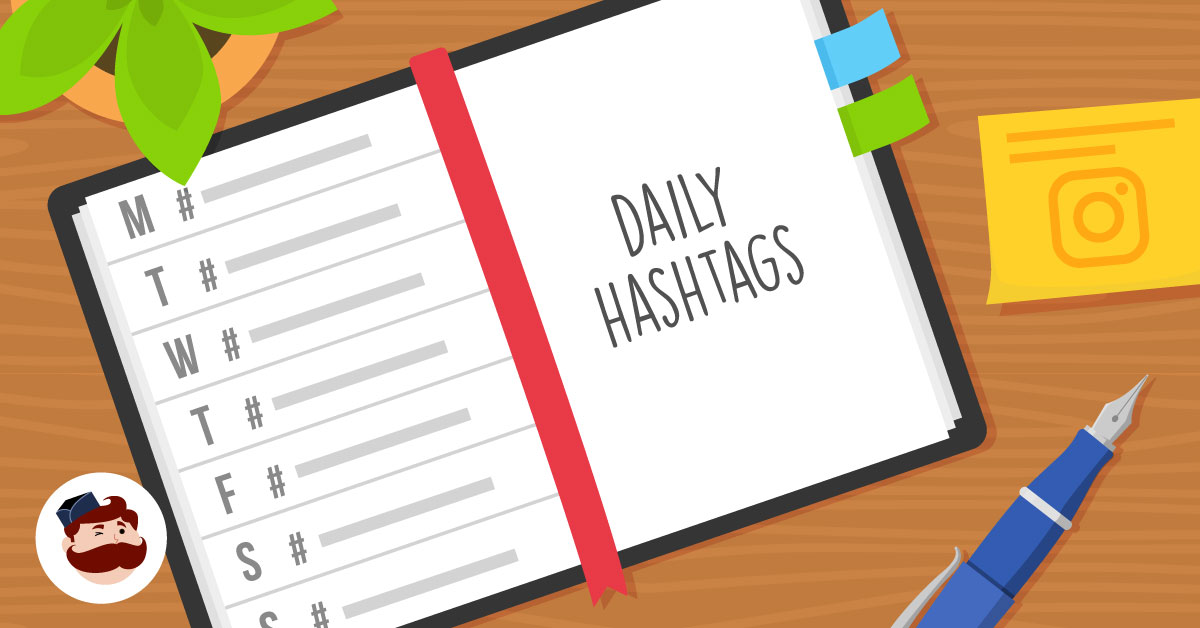






















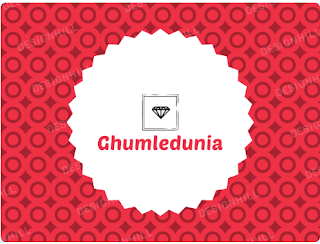
0 Comments